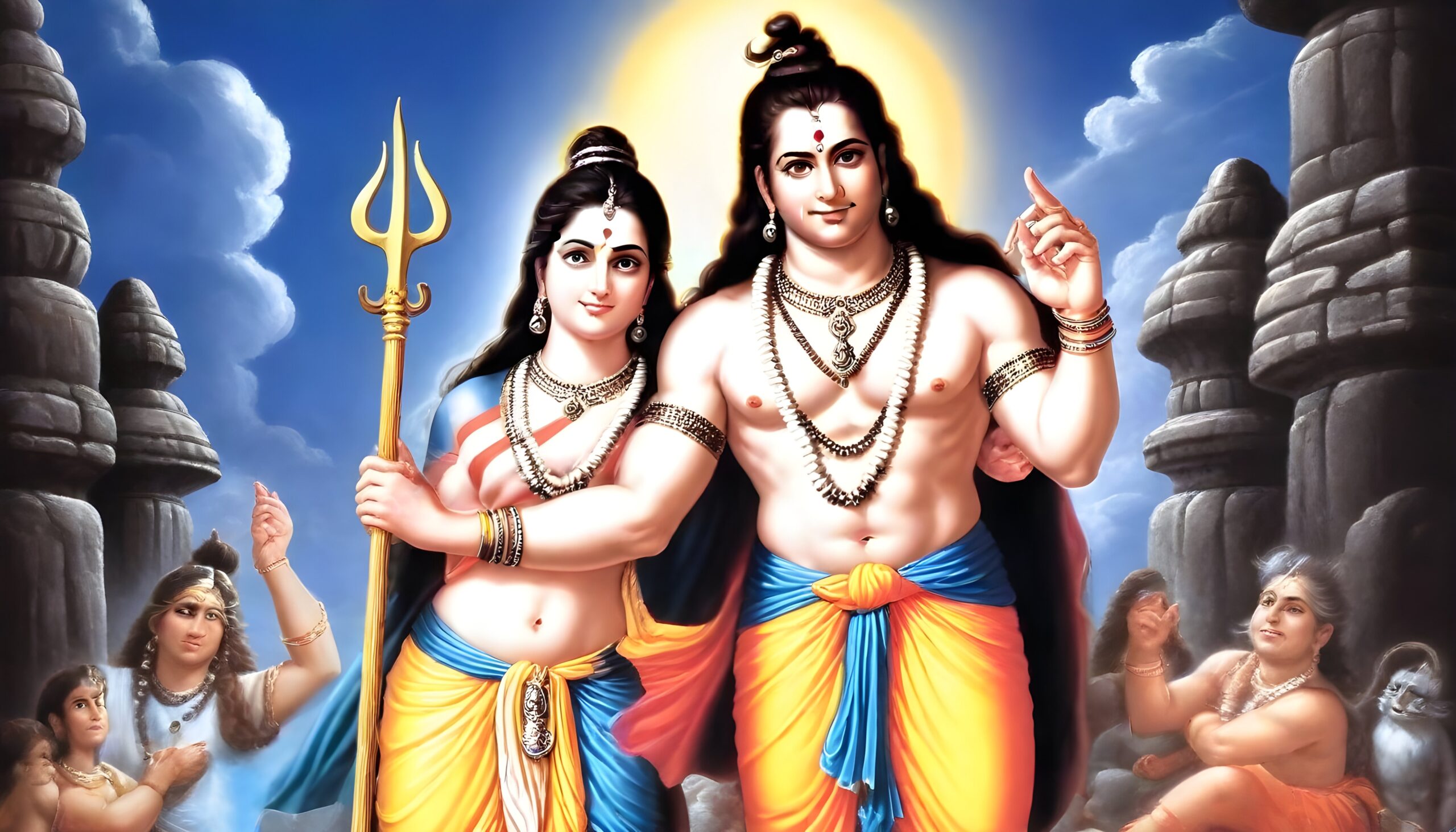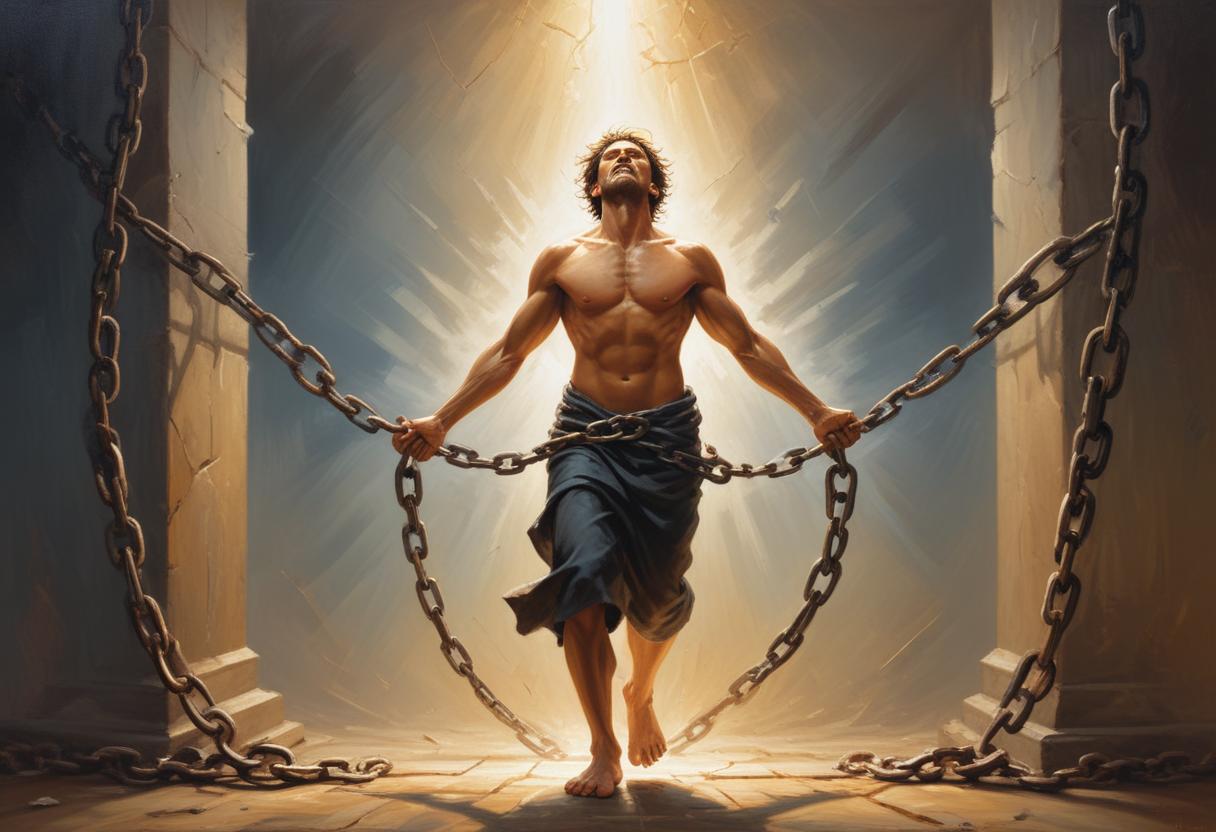
Lord Shiva is often associated with various aspects of life, death, and the universe. While many people are familiar with the popular stories and attributes of Lord Shiva, there are several lesser-known facts about Lord Shiva. Here are ten lesser known facts about Lord Shiva:
- Lord Shiva’s Divine Lineage: Lord Shiva’s birth is shrouded in divine intervention and celestial blessings. According to mythology, Anjana, a celestial nymph, was cursed to transform into a monkey-like being when she fell in love. Seeking redemption, she was born on Earth and married Kesari, the monkey king. Lord Shiva is believed to have emerged from the union of Anjana and Kesari, making him a divine being with a unique lineage.
- Hanuman’s Mischievous Childhood: Lord Shiva, in his childhood, was known for his mischievous nature. One such incident involved him mistaking the sun for a fruit and attempting to swallow it, angering Lord Indra who struck him with a thunderbolt, causing him to fall to Earth. This event left Lord Shiva with a disfigured jaw, giving rise to his name “Hanuman,” which means “disfigured jaw” in Sanskrit.
- Lord Shiva’s Immortal Status: Among the Chiranjeevis, the immortal beings in Hindu mythology, Lord Shiva holds a revered position. It is believed that as long as the stories of Lord Shiva are recited or sung on Earth, he will be present to listen. His immortality is tied to the eternal remembrance of his glory and the recitation of the Shiva Purana.
- Lord Shiva’s Literary Prowess: Lord Shiva’s unwavering devotion to Lord Shiva is exemplified in various instances. One such incident involves Lord Shiva applying sindoor (vermilion) all over his body after observing Goddess Parvati doing the same for his long life. This act highlights Lord Shiva’s deep love and devotion to his consort.
- Lord Shiva’s Role in the Ramayana: Lord Shiva plays a significant role in the Ramayana, an ancient Indian epic. He is believed to have granted Lord Rama, the protagonist, the power to defeat the demon king Ravana. Lord Shiva’s blessings were crucial in Lord Rama’s quest to rescue his wife, Sita, from Ravana’s captivity.
- Lord Shiva’s Connection to the Sun: Lord Shiva is often associated with the sun. The ‘Surya Tilak’ or ‘Surya Abhishek’ of Lord Shiva is a ritual performed during the auspicious occasion of Ram Navami, when the rays of the sun fall on the forehead of the deity’s idol at noon. This phenomenon is believed to bring blessings and prosperity to devotees.
- Lord Shiva’s Role in Yoga: Lord Shiva is considered the patron of yoga and meditation. He is often depicted in a meditative posture, symbolizing his mastery over the mind and body. Yoga practices, such as the Hatha Yoga and Ashtanga Yoga, are attributed to Lord Shiva, making him an essential figure in the spiritual and wellness practices of Hinduism.
- Lord Shiva’s Role in the Creation of the Universe: Lord Shiva is believed to be the destroyer of the universe, but he also plays a crucial role in its creation. After the dissolution of the universe, Lord Shiva is responsible for recreating it, symbolizing the cyclical nature of life and death
- Lord Shiva’s Role in the Dance of Destruction: Lord Shiva is often depicted as Nataraja, the Lord of Dance. His dance, known as the Tandava, represents the destruction of the universe. The dance is a symbol of the cyclical nature of existence, where destruction is followed by creation, highlighting Lord Shiva’s role in both
- Lord Shiva’s Role in the Trimurti: Lord Shiva is one of the three main deities in Hinduism, forming the Trimurti, along with Lord Brahma and Lord Vishnu. While Lord Brahma is the creator and Lord Vishnu is the preserver, Lord Shiva is the destroyer, symbolizing the cyclical nature of life and death

